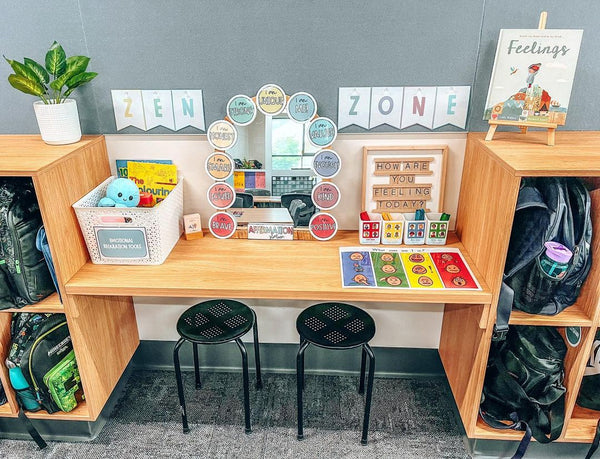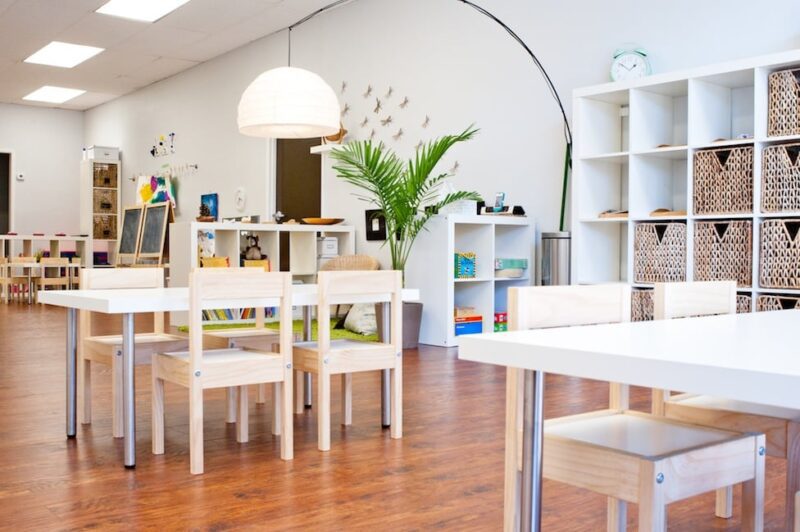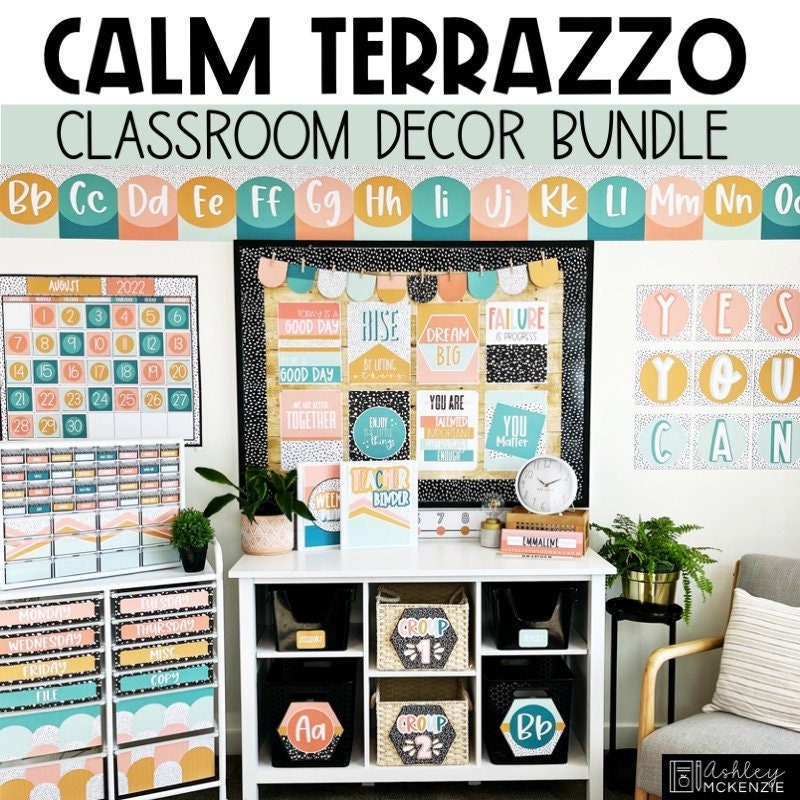Introduction
Creating a calming atmosphere in the classroom can significantly enhance students’ focus and well-being. Having experienced both chaotic and serene classroom environments, I’ve observed how decor can influence mood and productivity. In this article, we’ll explore various elements of zen classroom decor, practical tips for implementation, and personal anecdotes that illustrate the transformative power of a calm learning space.
Understanding Zen Decor
Zen decor emphasizes simplicity, tranquility, and harmony. With roots in Japanese aesthetics, it draws inspiration from nature and mindfulness practices. By incorporating these principles into your classroom, you can create a space that not only looks beautiful but also promotes a sense of calm.
Key Elements of Calming Zen Classroom Decor
1. Nature-Inspired Elements
Integrating natural elements into your classroom decor is crucial for creating a zen atmosphere. Consider the following:
- Plants: Use live plants or even high-quality artificial ones to bring a touch of nature indoors.
- Natural Materials: Incorporate wood, bamboo, and stone in furniture and decor for an earthy feel.
- Natural Light: Maximize natural light to create a warm and inviting environment.
2. Color Scheme
The colors you choose play a vital role in establishing a calming atmosphere. Soft, muted tones such as pastels, earth tones, and neutrals work best. Here’s a quick comparison table to illustrate effective color choices:
| Color | Impact on Mood |
|---|---|
| Soft Blue | Promotes calmness and tranquility. |
| Soft Green | Enhances focus and reduces anxiety. |
| Warm Beige | Creates warmth and comfort. |
3. Minimalism
Embrace a minimalist approach by reducing clutter. This not only helps in maintaining an organized space but also allows students to focus better on their tasks. Consider the following:
- Limit decorations to a few meaningful pieces.
- Use multifunctional furniture (like storage benches) to cut down on unnecessary items.
- Encourage students to keep their desks tidy and free of distractions.

4. Mindful Decor
Incorporate decor that promotes mindfulness and reflection. This can include:
- Meditation Corner: Allocate a small space with cushions and calming visuals for quiet reflection.
- Inspirational Quotes: Hang art prints with motivational quotes that promote a growth mindset.
- Dream Boards: Create a space for students to express their goals and aspirations.
Implementing Zen Decor in Your Classroom
Step-by-Step Guide
Transforming your classroom into a zen space can be a rewarding project. Here’s a step-by-step guide:
Step 1: Assess Your Current Space
Before making any changes, take a close look at your current classroom setup. Identify areas that feel cluttered or overwhelming.

Step 2: Set Your Intentions
What do you want to achieve with your zen decor? Perhaps you aim for improved focus, reduced stress, or fostering creativity. Write down your goals.
Step 3: Choose a Color Palette
Select a calming color palette based on the insights shared above. Paint walls or consider removable wallpaper for a fresh look.

Step 4: Decorate Mindfully
As you introduce new decor, choose pieces that contribute to the calm atmosphere. Avoid overcrowding the space.
Step 5: Involve Students
Get students involved in the decorating process. This enhances their sense of ownership and responsibility for the learning environment.

Personal Experience: Transforming My Classroom
Last year, I decided to revamp my classroom into a calming space. Initially, it was filled with bright colors and busy patterns—great for some activities but overwhelming for quiet work time. By following the steps outlined above, I transformed the room. The results were astounding!
Students reported feeling less anxious and more focused. The meditation corner became a favorite spot, and I noticed a significant decrease in disruptive behavior. The zen decor fostered a sense of community and collaboration, and I highly recommend making similar changes!
Pros and Cons of Zen Classroom Decor
Pros
- Enhances student focus and productivity.
- Promotes emotional well-being and reduces stress.
- Creates an inviting and comforting space for learning.

Cons
- Initial setup can require time and effort.
- Budget constraints might limit decorating options.
- Some students may prefer a more stimulating environment.
FAQ about Calming Zen Classroom Decor
What colors are best for a zen classroom?
Soft blues, greens, and neutral tones promote tranquility and focus. Avoid overly bright or dark colors that can create anxiety.

How can I incorporate zen decor on a budget?
Utilize DIY projects, thrift store finds, and student contributions to keep costs low while building a calming environment.
Can zen decor be implemented in any classroom?
Yes, zen decor principles can be adapted for all classroom types, catering to various age groups and subjects.
What are some simple additions to start with?
Start with introducing plants, adding calming artwork, or reorganizing furniture to create more open space.
How can I maintain a zen atmosphere throughout the school year?
Regularly assess the space, involve students in upkeep, and adapt the decor as needed to ensure it remains fresh and calming.
Conclusion
Creating a calming zen classroom decor is a fulfilling endeavor that can lead to improved learning outcomes and a happier classroom environment. By thoughtfully selecting elements that promote tranquility—such as color schemes, natural materials, and minimalist decor—you can transform your space into a haven of peace. Take the time to assess and implement changes, and you might be surprised at the positive impact it has on your students and your teaching experience.